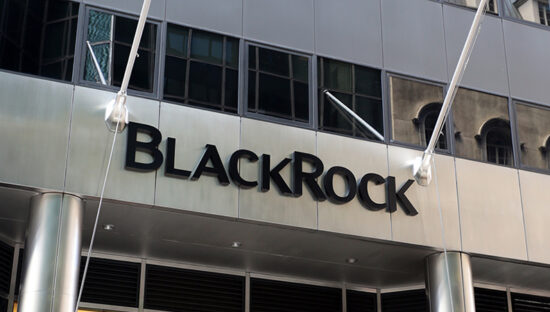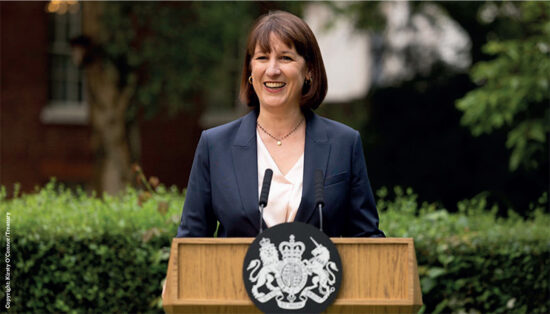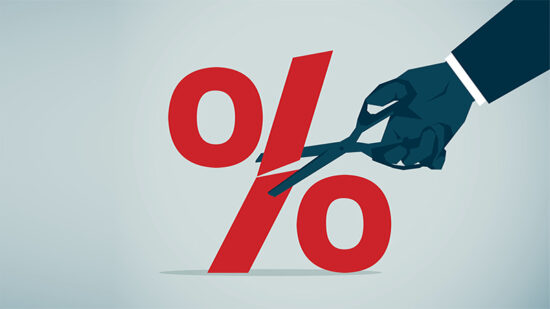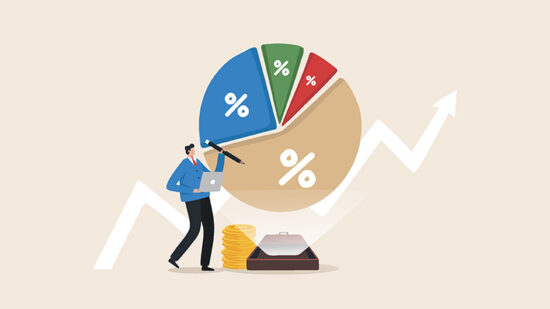During the same period, conventional assets held in these banks grew by just 8.1%, the data, contained in a report on the E&YGIBC website, shows, although the pace of the growth of the Islamic banking assets was below that of the five-year average rate for the region, of 19%.
In total, such assets held in commercial banks in the GCC touched $445bn (£294bn, €346bn) at the end of December, compared with $390bn a year earlier, E&YGIBC said.
The Ernst & Young researchers said that although the pace had slowed, the outlook for the Gulf’s Islamic banking industry in 2013 remains “relatively positive”.
Other findings:
- Demand in the GCC for sukuk, or Shariah-compliant bond-like financial products, is “set to grow”
- Qatar was the fastest growing GCC market for Islamic banking assets in 2012, having seen such assets grow by an estimated 23%-plus during 2012
- Globally, Islamic banking assets grew 50% faster than those held in the banking sector overall
- Also looking at the global picture, Islamic banking assets held with commercial banks stood at $1.55trn at end of 2012, and are projected to exceed $2trn by 2015
Data collection
Ashar Nazim, a partner in the Global Islamic Banking Center, said the quality of Islamic banking asset growth in the GCC remained “under pressure”, and added that the way the region’s banks handled the collection of data needed work.
“We expect more Islamic banks [to initiate] an honest introspection of their operating model, especially with regards to the weak data management infrastructure,” Nazim added.
"Inability of most Islamic banks to generate accurate data, and on time, remains a serious concern for the management, the board as well as the regulators.
“Where such information is available, the analysis remains very rudimentary, and has not really translated to a true competitive advantage."
Islamic banks also remain “technologically disadvantaged”, as the software systems they use were primarily designed for financial institutions with conventional banking frameworks, the E&YGIBC report points out.
“While the industry regulators are looking to tackle this issue, it remains a concern for the industry, leading to significantly higher operational and commercial risk,” the report says.
“In Oman for example, the Islamic Banking Regulatory Framework has recently been introduced, requiring Islamic banking institutions to ensure that all core banking systems are certified as Shariah compliant.”
Nazim added: “Major investments in transforming the operating model are under way. Discussions with management reveal that a common theme across most banks is ‘to get to know their customers’.”
Global figure
Global Islamic banking assets held with commercial banks, meanwhile, were at $1.55trn at end of 2012, and are projected to exceed $2trn by 2015, according toE&YGIBC, which said its data represents banks located in 22 major Islamic finance markets.








